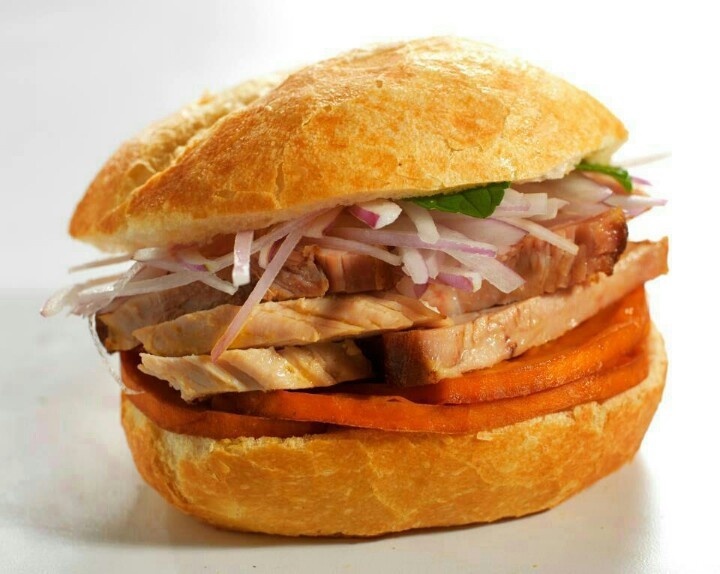El pan criollo: El Pan Criollo | Donde el buen sabor es tradición
El Pan Criollo | Donde el buen sabor es tradición
Nuestros Productos
Panes Tradicionales
• Francés
• Francés doble
• Yema
• Integral
• Andino
• Criollo
• Ciabatta
• Ciabatta de chocolate
• Baguetino
Panes Artesanales
• Baguette
• Baguette dulce
• Baguette multigrano (Avena, Linaza, Ajonjoli)
• Campesino (Aceite de oliva)
• Queso con aceituna (Queso paria, Aceituna)
• Aceituna verde
• Centeno (Harina de Centeno, semillas de girasol)
• Pan de Chia
• Finas hierbas (Romero, Tumillo, Orégano)
• Pasas y pecanas
• Quinua (Quinua negra, Quinua blanca, Quiwicha)
Bollerías
• Brioche individual
• Cachito de jamón y queso
• Cachito de mantequilla
• Croissant
• Danés de durazno
• Danés de piña
• Facturas
Kekes
• Keke Inglés
• Pastel de choclo
• Muffins de Chocolate
• Muffins de Manzana
• Muffins de Platano
• Cupcake con diseño
Productos Embolsados
• Crisinos
• Karamanduka
• Molde blanco
• Molde integral
• Petipan
• Galletas de Almendra
• Galletas de Avena con Pecanas
• Galletas de Chocochip con Pecanas
Pasteles Salados
• Empanadas de Pollo
• Empanadas de Carne
• Empanada de Aji de Gallina
• Pastel de Acelga
• Empanada de Lomo con Champiñones
• Empanada de Espinaca
• Pizza
Postres
• Alfajor
• Orejas
• Cocada
• Milhojas de Manjar
• Budín
• Crema volteada
• Mouse
• Relámpago
• Selva negra
• Strudel
• Torta de chocolate
• Torta helada
• Tres leches
• Milhojas de crema pastelera
• Piña colada
• Chocolate con naranja
Sandwich
• Asado
• Butifarra
• Lechon al horno
• Mixto
• Pavo
• Pollo
• Triple
Bebidas Calientes
• Americano
• Café con leche
• Capuccino
• Chocolate
• Expresso
• Mokaccino
• Infusiones: Té, anís, manzanilla, etc.
Catering y Pedidos
• Fototortas
• Tortas cubiertas con Fondant
• Tortas con diseño
• Mesa de panes artesanales
• Bocaditos dulces y salados
• Chocolates con diseño
• Cupcake personalizados y eventos especiales
Jugos
• Especial
• Fresa
• Granadilla
• Guanabana
• Lúcuma
• Naranja
• Mango
• Papaya
• Piña
• Surtido
• Fruta con leche
• Granadilla con naranja
• Papaya con naranja
• Papaya con piña
• Surtido con leche
• Combinacion adicional
Para consultas, información o pedidos, escríbanos a: pedidos@elpancriollo.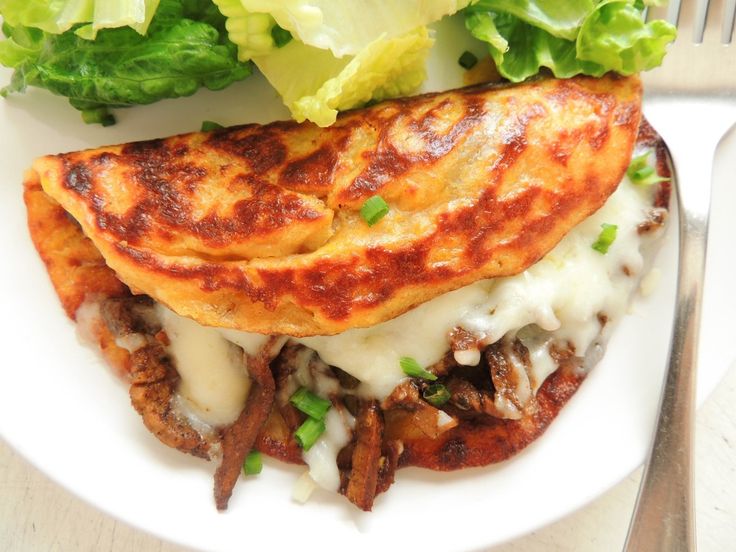 com
com
Los Reyunos Producto Pan Criollo
harina de TRIGO (harina de TRIGO 100 %, ácido ascórbico E-300), agua, manteca de cerdo (grasa de cerdo y antioxidantes E310, E320, E330 y E490), sal (sal, antiapelmazante E-535), levadura (levadura de panificación (saccharomyces cerevisiae)), mejorante para pan (emulgente E472, harina de malta, harina de SOJA corrector de acidez E341, harina de TRIGO, ácido ascórbico E300 y enzimas.),
| Datos Unidad | |
|---|---|
| Diametro | 0 |
| Medidas (HxAxP) | 30 x 80 x 80 |
| Peso Neto | 90 |
| Peso Bruto | 90 |
| Datos Caja | |
|---|---|
| Medidas (HxAxP) | 140 x 390 x 596 |
| Peso Neto | 5400 |
| Peso Bruto | 5870 |
| Tipo Envase | UNIDAD |
| Unidades por Envase | 60 |
| Codigo EAN | |
| Datos Palet | |
|---|---|
| Medidas (HxAxP) | 1900 x 800 x 1200 |
| Peso | 303760 |
| Cajas x Base | 4 |
| Cajas x Palet | 52 |
| Unidades por Envase | 60 |
| Numero de Bases | 13 |
| Tipo de Palet | EUROPEO |
| Valores Medios por 100 gramos | |
|---|---|
| Proteína Bruta (g) | |
| Grasa Bruta (g) | |
| Acidos grasos saturados (g) | |
| Humedad (g) | |
| Cenizas (g) | |
| Hidratos de carbono (g) | |
| Valor energético (kcal) | |
| Valor energético (kjul) | |
| Azucares totales (g) | |
| Sal (Na)(g) | |
Producto no Apto para:
CELIACOS, ALERGICOS E INTOLERANTES AL GLUTEN Y ALERGICOS E INTOLERANTES A LA SOJA.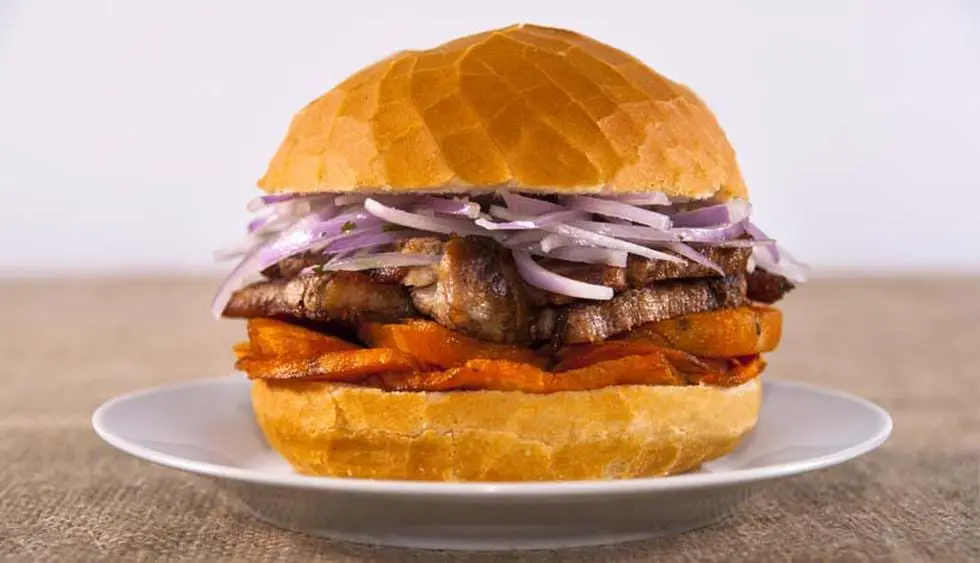
| Tipo Alérgeno | Contiene | Trazas |
|---|---|---|
| Cereales que contengan gluten y productos derivados | SI | NO |
| Crustáceos y productos a base de crustáceos | NO | NO |
| Huevos y productos a base de huevo | NO | NO |
| Pescado y productos a base de pescado | NO | NO |
| Cacahuetes y productos a base de cacahuete | NO | NO |
| Soja y productos a base de soja | SI | NO |
| Leche y sus derivados (incluida la lactosa) | NO | NO |
| Frutos de cáscara (almendras, avellanas, nueces, anacardos, pacanas, pistachos, nueces de macadamia y nueces de Australia y productos derivados) | NO | NO |
| Apio y productos derivados | NO | NO |
| Granos de sésamo y productos a base de granos de sésamo | NO | NO |
| Anhídrico sulfuroso y sulfitos en concentraciones superiores a 10 mg/kg o 10 mg/l expresado como SO2 | NO | NO |
| Altramuces | NO | NO |
| Moluscos o productos a base de moluscos | NO | NO |
| Mostaza y sus derivados | NO | NO |
| Parámetros | Máximo permitido | Método Análisis |
|---|---|---|
| Recuento Aerobios mesófilos (ufc/g) | ||
| Recuento Enterobacteriaceae (lactosa) + (ufc/g) | ||
Investigación E. Coli B-D-Clucuronidasa + (1g) Coli B-D-Clucuronidasa + (1g) | ||
| Investigación Listeria monocytogenes (25 g) * | ||
| Investigación E.Staphylococcus coagulasa + (0,1 g) | ||
| Investigación Salmonella (30g) | ||
| Recuento Coliformes totales (ufc/g) | ||
| Recuento de mohos y levaduras ** (ufc/g) |
Reglamento (CE) Nº 2073/2005 relativo a los criterios microbiológicos aplicables a los productos alimenticios y el criterio interno establecido por la empresa para los productos de confitería, pastelería, bollería y repostería, así como para comidas preparadas con tratamiento térmico superior a 65ºC en el centro del producto
(*) Límite establecido según reglamento (CE) nº 2073/2005
(**) Este valor se tendrá en cuenta en alimentos elaborados a base de cereales
| Amarillo anaranjado (E-110) (*) | —— |
| Amarillo quinoleína (E-104) (*) | —— |
| Carmoisina (E-122) (*) | —— |
| Rojo Allura AC (E-129) (*) | —— |
| Tartracina (E-102) (*) | —— |
| Rojo cochinilla (E-124) (*) | —— |
| Cochinilla (E-120) (*) | —— |
(*) Puede tener efectos negativos sobre la actividad y atención de los niños (Reglamento 1333/2008)
where to find and what to see nearby
Dreaming of transforming and improving the Universe, the Argentine artist Xul Solar invented two languages, a special chess, modified the piano and created works based on his own philosophy of cosmic mysticism.
The Xula Solara Museum in Buenos Aires houses most of his creations, as well as the documents, letters, and “space relics” he created. The galleries are located just under the former apartment of Solar, where his rooms and a library of about 3,500 books have been preserved.
Born in Argentina in 1887 as Oscar Austin Alejandro Schultz Solari, he later changed his name to Xul Solar, meaning “sunshine”. His paintings of mystical worlds and alternate universes are filled with floating cities, arcane symbols, angels, winged horses, pyramids, snakes, and frightening human-plane hybrids.
His vision of utopia was centered on the creation of a universal language. Believing Spanish to be centuries old and dejected by its overly long words and cacophony of sounds, he invented Neo Criollo. This language was composed of Spanish and Portuguese with elements of French, English, Greek and Sanskrit. It was supposed to become the universal language for South America. Solar tried to speak it with everyone and wrote several Neo-Criollo texts, including San Signos, a collection of 64 compositions based on the I Ching hexagrams.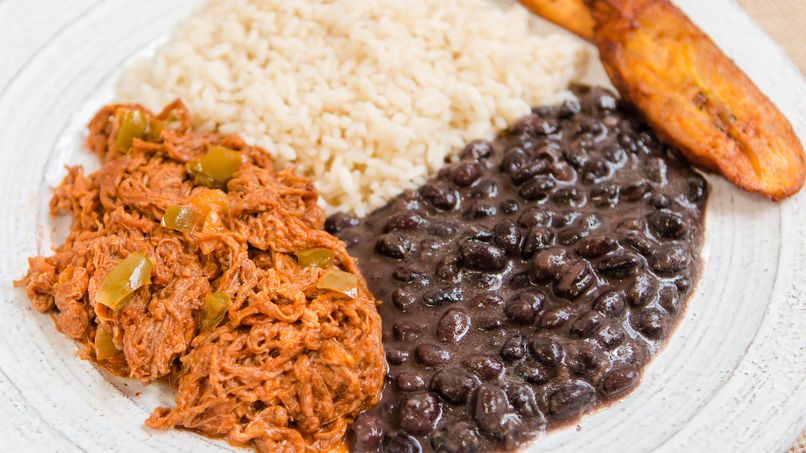 He later invented the more sophisticated Pan Lingua, an international language based on mathematics, music, astrology, and the visual arts. It was monosyllabic, without grammar, used a newly invented script and duodecimal number system.
He later invented the more sophisticated Pan Lingua, an international language based on mathematics, music, astrology, and the visual arts. It was monosyllabic, without grammar, used a newly invented script and duodecimal number system.
He modified the piano to make it easier to master and provided the instrument with 3 rows of colored keys of his own invention to play a 6-note octave. The colors of the keys corresponded to the colors in his paintings, and the canvas served as a sheet of music. Solar’s efforts to merge spiritualism with art included creating an adult puppet theater that featured religious and poetic works with characters representing the 12 astrological signs. He dreamed of a self-existing city in outer space, which would be the “heavenly Jerusalem”, and believed that flying cities could solve the problem of overpopulation of the world.
Xul Solar also invented and modified games to fit his new rules for the universe. As for football, he said: “Why play with only one ball, and not three or four? And why not divide the field into six or twelve parallel sectors, like in rugby, and each player would wear a shirt with different letters – in this way words and phrases would be added?
Pan chess, his spiritualistic and complex version of chess, was played on a 13×13 board instead of 8×8 and had constantly changing rules based on the Pan Lingua language. Rules could simultaneously be a collection of musical notes, a vocabulary for creating new languages, and a way to ask, “What are we playing?”
Rules could simultaneously be a collection of musical notes, a vocabulary for creating new languages, and a way to ask, “What are we playing?”
He died in 1963 clutching a rosary he had made from 71 pieces of painted wood. His wife Lita said that he “doesn’t believe in death, there will always be tomorrow for him.”
Authors:
Sofia Matveeva,
Tatyana Korchagina
Atlantika Horse Equestrian tours in Europe / horseback riding in Crete
Day 1. Arrival
Arrival in Havana, meeting at the airport and transfer to a 4* hotel. Accommodation and dinner at the hotel.
Day 2. Havana – Charco Azul – Mil Cumbres (3 hours on horseback)
After breakfast, transfer (1 hour) to “Finca Charco Azul” (rural estate). The estate is located in Cuiahabos, in the province of Pinar del Rio, in the south of the Sierra del Rosario Biosphere Reserve, where the Charco Azul springs are located.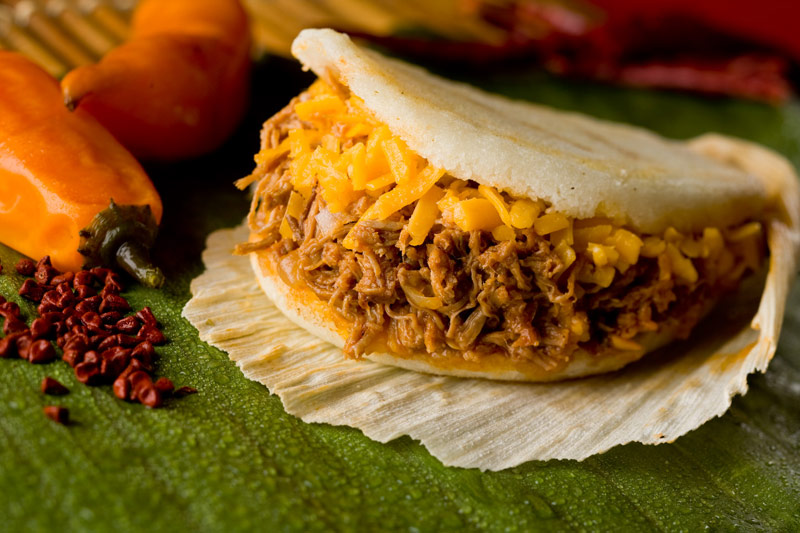 After a welcome cocktail, we leave for a 3-hour walk around the estate (about 400 hectares). Lunch after a relaxing swim in the pool. Transfer to Mil Cumbres (1.5 hours drive). Accommodation and dinner at Mil Cumbres, live Creole music concert.
After a welcome cocktail, we leave for a 3-hour walk around the estate (about 400 hectares). Lunch after a relaxing swim in the pool. Transfer to Mil Cumbres (1.5 hours drive). Accommodation and dinner at Mil Cumbres, live Creole music concert.
Day 3. Mil Cumbres – El Buren – Los Jasmines (5 hours riding)
After breakfast we drive to El Buren. Our journey through the natural park will last about 5 hours. We will drive through the mountains of Cuabala and Pan de Guajaibón, the highest point in the province of Pinar del Río (692 m). Stop for a small welcome cocktail at the home of a local guajiro (farmer). Then we will continue through mountain valleys with lush vegetation and protected species of birds and trees, from where we will have beautiful views of the junction of the Sierra del Rosario and Sierra de los Organos mountain ranges. For lunch picnic in El Buren where we can see the stallions of the farm. Dinner at a paladar, a private home restaurant. Visit Casa de la Trova – Artex.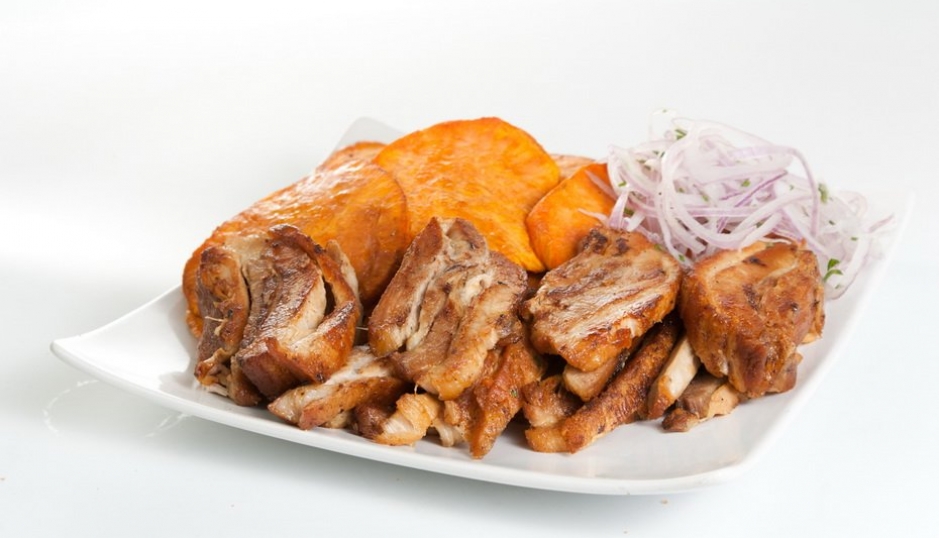 Overnight accommodation in a 3* hotel. located on a hilltop with panoramic views of the Viñales and Palmarito valleys, or in a guest house.
Overnight accommodation in a 3* hotel. located on a hilltop with panoramic views of the Viñales and Palmarito valleys, or in a guest house.
Day 4. Los Jasmines – Viñales – Los Jasmines (6 hours on horseback)
After breakfast we will drive for the day to the valleys of Viñales and Palmarito, where we will ride among the spectacular Mogotes. Mogotes are sheer, flat-topped karst hills that are up to 400 meters high and over 160 million years old! The valley is also famous for its unusually diverse flora, numerous tobacco plantations and traditional rural settlements. Picnic in the house of the Cuban “guajiro”, where they will share with us the secrets of making Cuban cigars. Dinner in a local paladar, accommodation in a 3 * hotel or in a private house.
Day 5. Los Jasmines – Viñales – La Guabina (5 hours on horseback)
After breakfast, transfer to the village of Moncada, from where we start the route along the Sierra de Cayo Maria. Stop for a picnic. Arrival in Finca La Guabina, 12 km from Pinar del Rio. Dinner and accommodation, an evening of traditional Cuban music.
Arrival in Finca La Guabina, 12 km from Pinar del Rio. Dinner and accommodation, an evening of traditional Cuban music.
Day 6. La Guabina (4 hours on horseback)
After breakfast, we will have a long walk around the estate, where we will be able to admire the beautiful diverse landscapes. Picnic. Option: display of magnificent Finca, Pinto and Appaloosa horses. Dinner and accommodation at the hotel, dinner accompanied by traditional Cuban music.
Day 7. La Guabina – Pinar del Rio – Havana (3 hours on horseback).
After breakfast we leave towards Pinar del Rio, located 162 km from Havana. This area is considered the main tobacco growing and the main center of the cigar industry. The city of Pinar del Rio itself was founded in 1774 by a captain of the Spanish army, becoming one of the last settlements in Cuba during the era of colonization. Lunch, transfer to Havana. Dinner at a renowned restaurant in El Vedado, a lively neighborhood with wide avenues and a quirky mixture of architectural styles.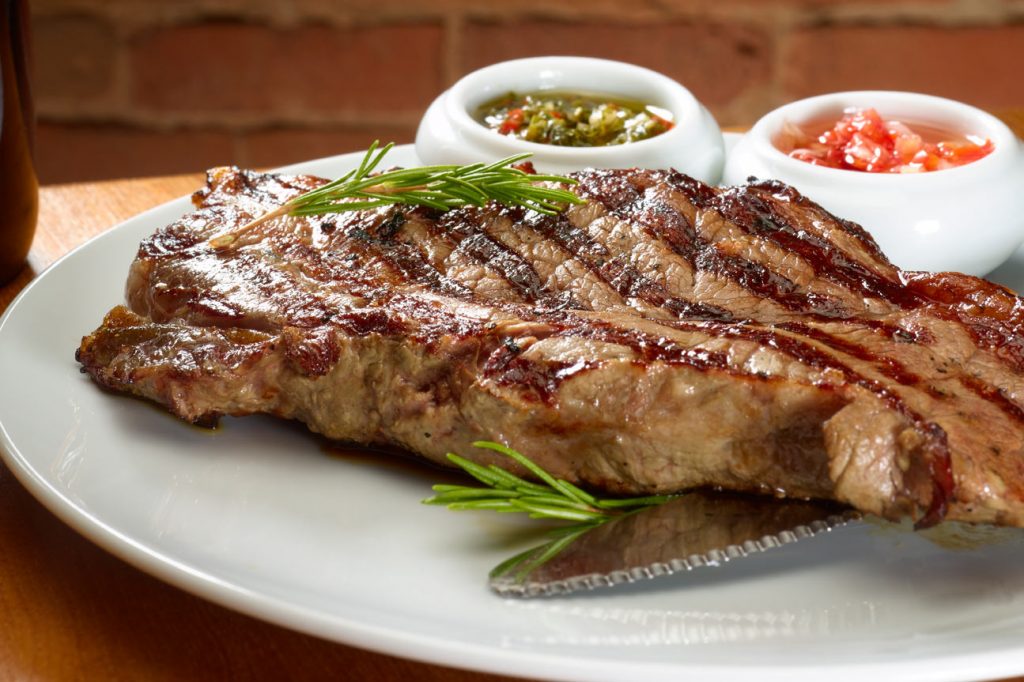 There are many government institutions, as well as a university. The main street of Vedado – Calle 23 (Calle 23), also called La Rampa (La Rampa), is the most famous street of modern Havana. Accommodation in a 4* hotel.
There are many government institutions, as well as a university. The main street of Vedado – Calle 23 (Calle 23), also called La Rampa (La Rampa), is the most famous street of modern Havana. Accommodation in a 4* hotel.
Day 8. Havana
Breakfast, free day for a tour of Havana. Transfer to Megano Beach, one of the beaches of Playas del Este, a wide strip of white sand beaches 20 km long west of Havana, including lunch at a seafood restaurant (about 25 CUC for a group of 4 people) is possible. Farewell dinner at a local paladar in Old Havana. Accommodation in a 4* hotel.
Day 9. Havana
After breakfast, transfer to the airport.
Day 10. Return.
Price: from 1790* euros based on double occupancy.
*prices are subject to change depending on national currency fluctuations.
Price includes:
riding according to description
hotel accommodation
meals 3 rubles/day
guide accompaniment
baggage transportation on route
all transfers (from/to the airport, from/to Viñale – Pinar del Río)
Not included:
tickets
personal insurance (according to the requirements of Cuban law)
tourist card for entry into the territory of Cuba
Supplement for single accommodation (150 euros)
tickets to museums and performances,
extra drinks and expenses (internet, phone, Spa, etc.

